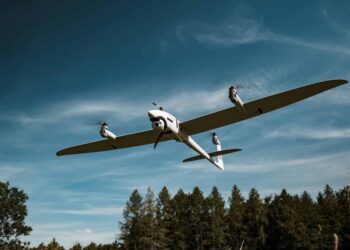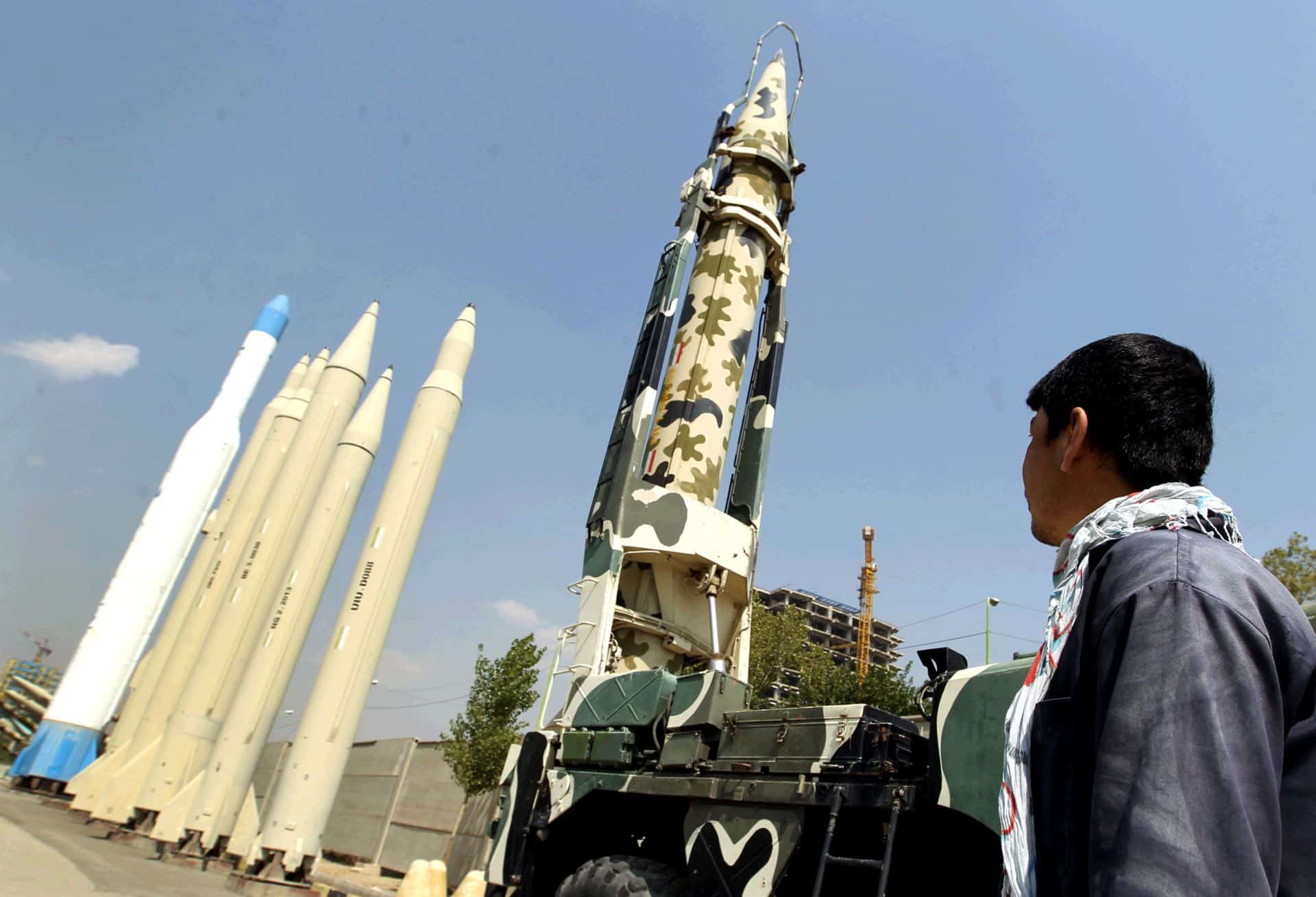US Air Force, WASHINGTON: The Air Force has seen a rise in the cost of doing business, Secretary of the Air Force Michael W. Wynne told members of the House Armed Services Committee during testimony March 1.
“We are experiencing unyielding second order effects that continue to drain our top line — we are exhausting all our assets at a much higher rate than forecasted,” the secretary said.
Some of those costs involve expanding personnel benefits and rising health-care costs. Operational and maintenance costs have also risen, he said.
However, the secretary told members of the congressional committee the Air Force has found ways to deal with some rising costs.
“To reign in personnel costs, we are using total force integration,” the secretary said. “This has exposed redundancies to capitalize on as we continue to operationalize the Guard and Reserve.”
Besides better using Air National Guard and Air Force Reserve forces, the service has also implemented Air Force Smart Operations 21. The program is an Air Force developed mix of private sector practices designed to optimize business processes and to save money.
“We have instituted AFSO21 — smarter and leaner operations,” he said. “No process is immune from this Air Force-wide critical review. Efficiency from AFSO21, total force integration and lessons learned from 15 years under fire permit an end strength reduction of 40,000 full-time equivalents over the future year defense plan.”
The Air Force is planning to reduce its end strength by as many as 40,000 people over the next few years. Some congressional members asked how that is possible, considering the stress on the military because of the global war on terrorism.
Chief of Staff of the Air Force Gen. T. Michael Moseley explained that because of efficiencies from new equipment and new processes, the Air Force can do the same amount of work with fewer people.
He cited past force reductions, such as replacing telephone operators with automated switching systems and contracting out vehicle fleet maintenance technicians. Both are examples of how the Air Force reduced its end strength.
“There are natural efficiencies as we modernize and recapitalize where we can come down on this,” the general said. “So to have extra people just to have them, I'm not sure is the right sight picture.”
Secretary Wynne also asked Congress to lift restrictions on when the service is allowed to retire military aircraft. Maintenance costs on some aircraft are high. Allowing the Air Force to retire those aircraft would save the service money.
General Moseley also told committee members that he looked forward to expanding the mission of unmanned aerial vehicles, such as the MQ-1 Predator Unmanned Aerial Vehicle, beyond their current role. “And I'm a big fan of looking at applications that include something that look a whole lot like a bomber, that may be unmanned,” the general said.
Germany says adding explosive drones to weapons arsenal
Germany said Friday it would buy explosive drones for the first time as Berlin boosts investments in its armed forces...









